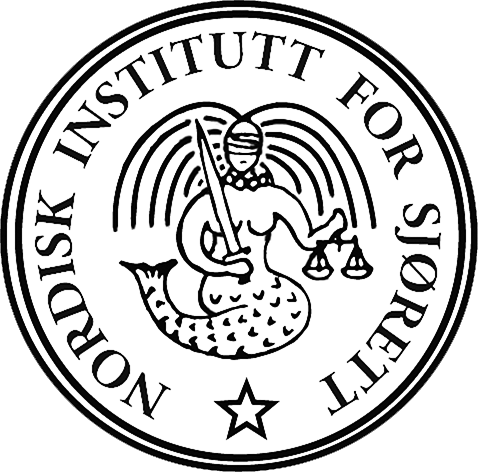Significance of the Requirements for High-Risk AI Systems in the EU AI Act in an Autonomous Shipping Context

MarIus No. 590
Sjørettsfondet
Nordisk institutt for sjørett
Universitetet i Oslo
© Sjørettsfondet, 2025
ISSN: 0332-7868
Sjørettsfondet
University of Oslo
Scandinavian Institute of Maritime Law
P.O. Box 6706 St. Olavs plass 5
N-0130 Oslo
Norway
Phone: 22 85 96 00
E-mail: sjorett-adm@jus.uio.no
Internet: https://www.sjorettsfondet.no/
Editor: Professor dr. juris Trond Solvang –
e-mail: trond.solvang@jus.uio.no
Digital Publishing: Aksell AS
Preface
This thesis was submitted in April 2025, marking the completion of my Master’s degree in Law at the University of Oslo. The version published here is identical to the version originally submitted, aside from a few minor terminological adjustments.
The implementation of artificial intelligence across a wide range of societal functions is well underway – and the shipping industry will be no exception. This development calls for new regulation.
The topic of this thesis is the significance of the requirements for high-risk AI systems in the new EU AI Act in the context of autonomous navigation systems (ANS). I consider whether the requirements may apply to such systems deployed in commercial cargo shipping, and whether the requirements may have an indirect impact on regulations governing ANS via the Marine Equipment Directive or the "Brussels Effect". Finally, I provide reflections on possible approaches that the EU may adopt with respect to regulating ANS in the near future.
All these issues are closely linked to the interplay between EU law and the regulatory framework established by the International Maritime Organization (IMO), which receives considerable attention throughout the thesis. Please note that all references made to the draft of the upcoming "MASS Code" from the IMO are based on the version adopted at MSC 109 (December 2024). Although the draft was brought close to its final form at MSC 110 (June 2025), these developments do not affect the central arguments presented here.
I am sincerely grateful for the generous guidance and valuable contributions from Professors Erik Røsæg and Trond Solvang at the Faculty of Law, my colleagues at Kvale, and Sifis Papageorgiou at the Norwegian Maritime Authority.
Thank you to my clever, kind, and relentlessly funny friend Simon for every discussion and every bit of help – with law, and with things that were, frankly, far more important – from the very first week at university to the last.
Finally, to my family, and to my dear Julie – thank you for cheering me on, even through my many meaningless monologues about big boats.